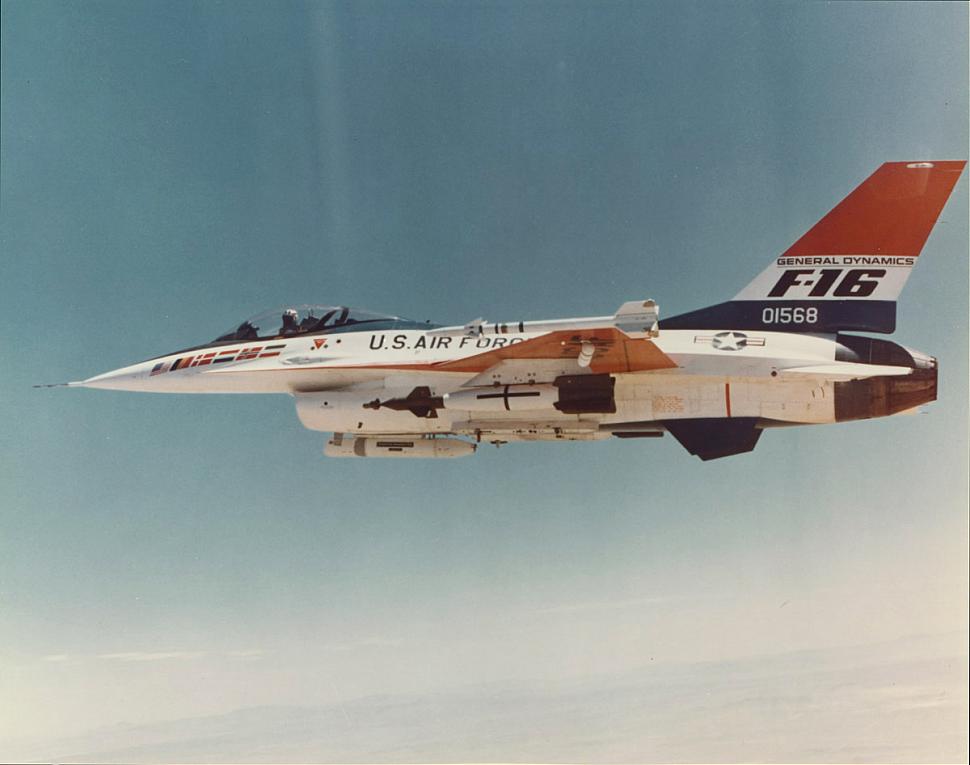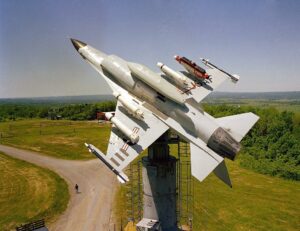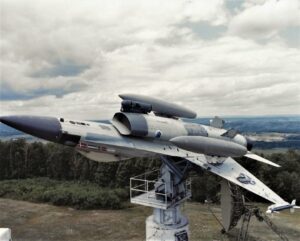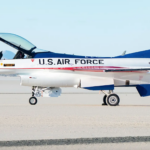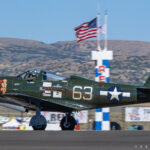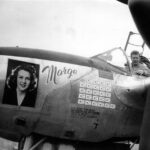The inadvertent first flight of General Dynamics YF-16 #1 (#72-1567) on January 20, 1974 was an incredibly dramatic event. On that day General Dynamics test pilot Phil Oestricher was to perform a high-speed taxi (though he admitted decades later that he planned to get the wheels about a foot off the ground), but a control issue suddenly put the jet into pilot-induced oscillation, forcing Oestricher to push up the power and fly away in order to save the then one-and-only YF-16 from disaster. Officially, that flight went down in history as Flight 0 with the first official flight (Flight 1) coming a week later on February 2, 1974. However, to this day, when the first flight of the YF-16 is discussed, Flight o on January 20 is referenced.
On February 20, 1974, YF-16 #2 (#72-1568) was disassembled and loaded on a C-5 for delivery to Edwards AFB, California. Unlike the colorful red/white/blue paint scheme on YF-16 #1, the second prototype was delivered in an attractive sky blue and cream camouflage scheme. On May 9, 1974, test pilot Neil Anderson launched into the sky over Edwards on a relatively uneventful first flight for #72-1568. However, the flight was not without issue as the nose gear would not fully extend and lock. Anderson worked the problem and found a solution, thus saving the jet. The issue occurred on the second flight a few days later and subsequently corrected. However, YF-16 #2 flirted with disaster at Carswell AFB, Texas on May 8, 1975 while Anderson was practicing his demo for the upcoming Paris Air Show. On takeoff, Anderson retracted the gear as soon as the wheels left the ground and went into an immediate into a 270 degree roll and pulled into a 9G turn. Unfortunately, one of the main gear tires had jammed against a bracket and thus Anderson could not extend the landing gear. After numerous attempts to free the landing gear with rolls and high-G turns, Anderson was ultimately forced to perform a gear up landing in the grass in front of thousands of General Dynamics employees.
YF-16 #2 and its sister ship YF-16 #1 participated in the Lightweight Fighter (LWF) Program. The two fighters competed against the Northrop YF-17 until December of 1974. In January 1975, General Dynamics was declared the winning entrant. The two YF-16s had flown 330 missions and logged 417 hours of flight time. These test fighters, now known as “Fighting Falcons” or “Vipers,” launched the F-16 into what would ultimately become one of the most successful all-weather, multi-role aircraft in history, with over 4,597 produced since 1976 by General Dynamics and Lockheed Martin.
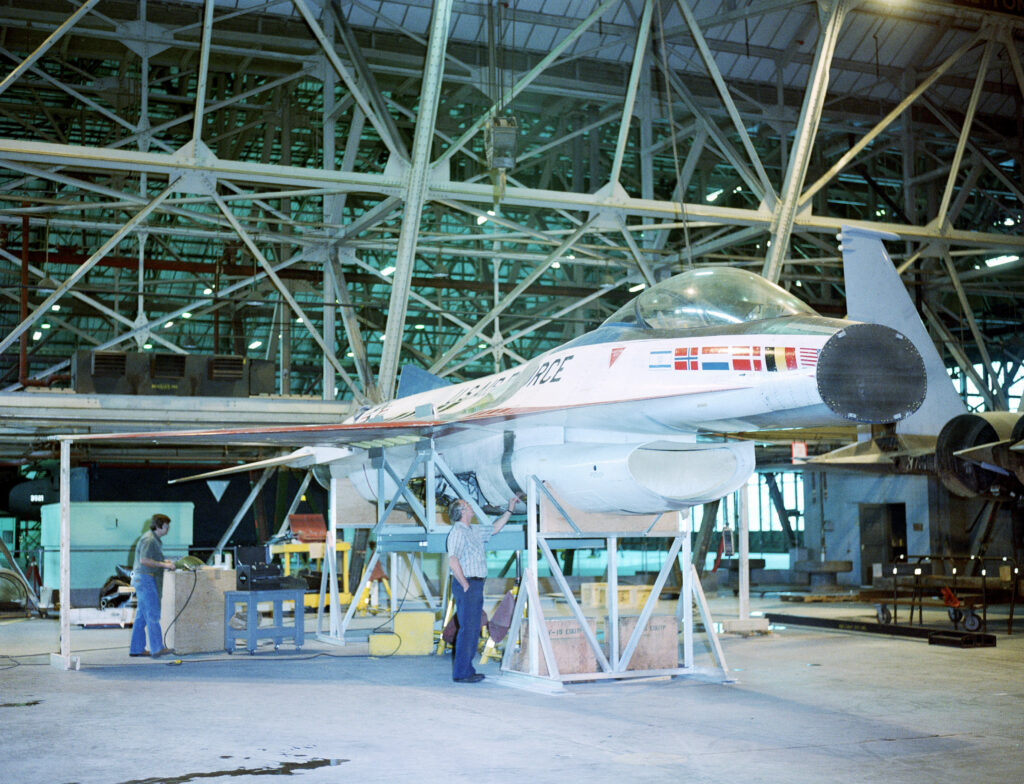
YF-16 #2 flew until August 9, 1979, when it suffered a nose gear failure on landing while painted in the prototype red, white, and blue livery. After the accident in Fort Worth, it was shipped to the Air Force Research Laboratory (AFRL) in Rome, New York. It was installed on top of a tower for the next forty-one years and used for various test and evaluation programs.
In January 2020, the aircraft returned to Fort Worth on loan to the Fort Worth Aviation Museum from the National Museum of the United States Air Force after four years of negotiations led by Congresswoman Kay Granger and with the cooperation of the Air Force Research Laboratory. By then, YF-16 #2 had been serving 46 consecutive years, making it the longest-serving F-16 in history.
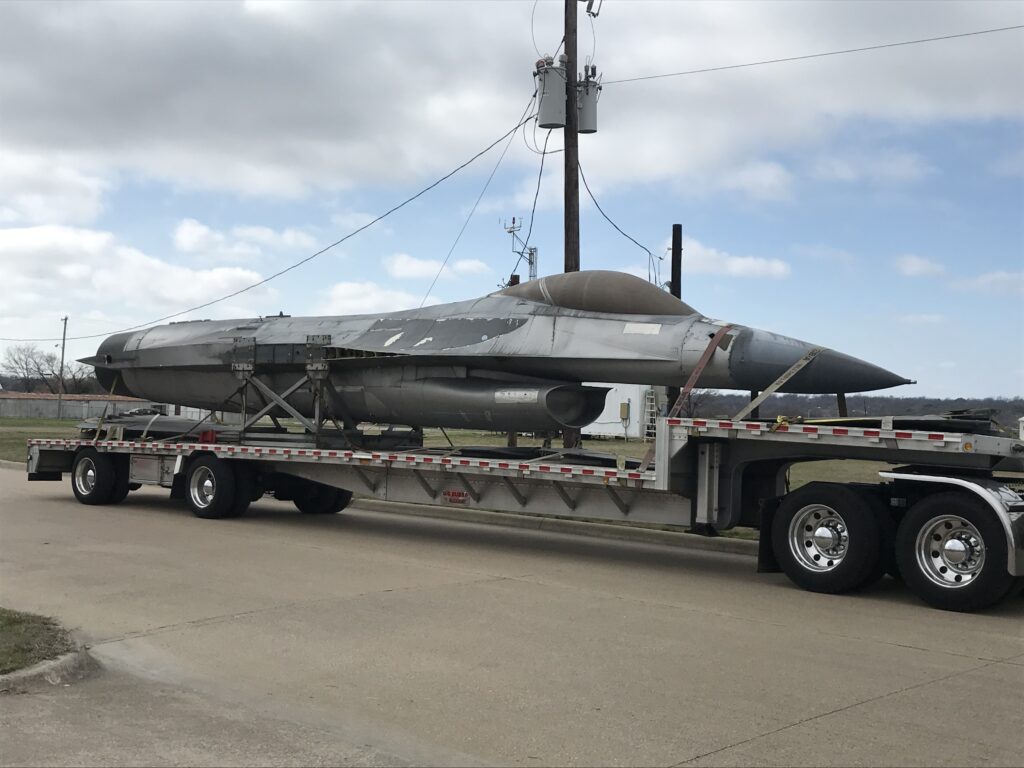
Over the past four years, a passionate team of volunteers, dedicating over 5,000 hours of their time, has painstakingly restored the YF-16. Their unwavering commitment, coupled with the generous support of Lockheed Martin, Cowtown Aerocrafters of Justin, PPG Industries of Grand Prairie, and Pronto Logistics of Arlington, Texas, has successfully brought the aircraft back to its original configuration as it appeared on August 9, 1979.
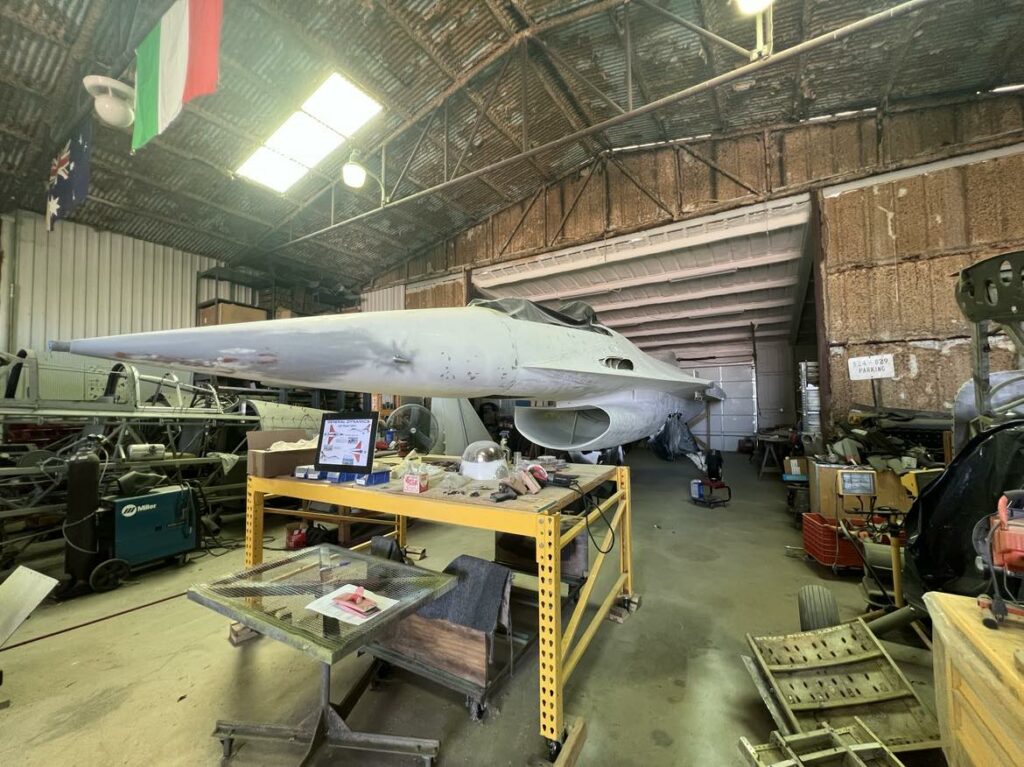
Prepare to be part of a truly historic moment in aviation. The culmination of this meticulous restoration will be revealed to the public on June 1, 2024, at 1 p.m. at the Fort Worth Aviation Museum. We are eagerly looking forward to sharing this significant milestone with you. Please remember that museum admission will be required to attend the event, and parking will be available for $5.00.
For more details, contact the museum at [email protected], visit our Facebook page, or call 855-733-8627.
In the video below General Dynamics pilot Neil Anderson safely brings down the second YF-16 prototype in May 1975. The landing gear would not deploy properly, but he made a textbook gear-up landing in the grass and saved the jet, and himself.







